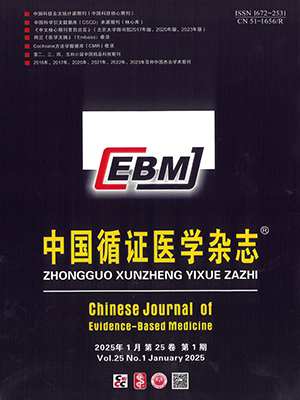Objective To analyze the outcome of patients with Blunt Abdominal Injury (BAI) in the Deyang People’s Hospital after the Wenchuan Earthquake, in order to provide evidence for future improvement in emergency response after earthquakes and in the treatment of BAI patients.
Methods Data on the BAI patients within 1 week after the earthquake were collected from the Information Department of the Hospital. Microsoft EXCEL was used for data input.
Results A total of 23 BAI inpatients were treated, of whom 15 were from Mianzhu City and sent to hospital within 12 hours of the earthquake. This was 1.9% of the total inpatients. The BAI inpatients suffered severe and complex injuries, and 5 of them died (mortality rate: 22%). Linenectomy was conducted for patients with spleen injuries and two inpatients developed incision infection due to lack of antibiotics during the perioperative period.
Conclusions It is important to establish an emergency response mechanism for medical rescue for patients with the viscera injury, including BAI, after an earthquake. This would help to guarantee rational allocation of the rescue workers, triage of the wounded, optimization of operation, as well as a reduction in mortality from BAI.
Citation: LIU Yong,LIU San,LIU Zhen,WU Qi. Treatment of 23 Cases of Blunt Abdominal Injury in the Deyang People’s Hospital after the Wenchuan Earthquake. Chinese Journal of Evidence-Based Medicine, 2009, 09(2): 166-170. doi: 10.7507/1672-2531.20090035 Copy
Copyright © the editorial department of Chinese Journal of Evidence-Based Medicine of West China Medical Publisher. All rights reserved
-
Previous Article
Mechanical Stretch Activates Alveolar Macrophages to Produce Cytokines and Has Synergistic Effect with Lipopolysaccharide in Inducing MIP-2 Release -
Next Article
Mechanical Stretch Activates Alveolar Macrophages to Produce Cytokines and Has Synergistic Effect with Lipopolysaccharide in Inducing MIP-2 Release




